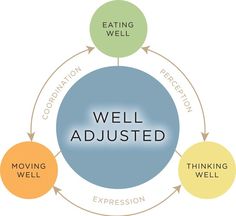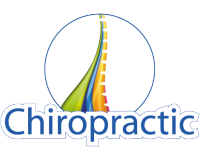WHY do disc injuries occur?
Because of its strength and the way it is anchored to the spine, it is unusual for a disc to spontaneously bulge or rupture (outside of major trauma), and it doesn’t slip. What tends to happen is that a disc can weaken over time through repeated/various micro-traumas or deteriorating spinal function. Disc tissue can begin to tear allowing the fluid of the nucleus to “edge out”.
Poor posture, sporting injuries, poor lifting techniques, prolonged sitting, sedentary lifestyle, and poor spinal joint function increases the risk of a disc injury with time.
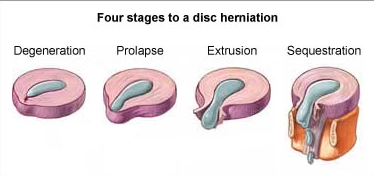
HOW can chiropractic help?
Chiropractic adjustments help to relieve pain and disability by restoring joint function and reducing nerve pain transmission. This also affects blood flow to the area reducing the swelling and inflammation around the nerves, the muscles and ligaments surrounding the joint. Your chiropractic treatment will assist you in a faster and more effective recovery and will be able to advise you on self-management strategies and rehabilitative exercise regimes.
Chiropractors get this presentation at least once a week in practice. Relief can be achieved relatively quickly but proper healing can take months. Chiropractic is a safe and effective option. But the longer you leave it or the more times you get this presentation, the harder it is to change.
MYTHS ABOUT CHIROPRACTIC
- Myth: Chiropractic adjustments hurt
Fact: People are often apprehensive about receiving their first chiropractic adjustment. Much of this fear is knowing that a “cracking” sound results from some adjustments. However, this sound (known as cavitation) is simply a drop in air pressure within a joint, which occurs when a “stuck” joint becomes “unstuck.” Cavitation is NOT the sound of bones cracking or rubbing against each other. - Myth: Chiropractic is unsafe
Fact: According to a wealth of scientific evidence, chiropractic is an extremely safe health care option especially when the alternative (medication or surgery) is considered. In relation to the treatment of neck and back pain, studies have shown that a course of chiropractic care was 250 times safer than a course of anti-inflammatory drugs. However, it is important to note that while chiropractic has an excellent safety record based on drug free non-invasive care, no form of healthcare is entirely free of potential adverse effects. In addition, our indemnity insurance is very cheap. Cheap because there are barely any claims against Chiropractors in Australia each year! - Myth: The back pain is so bad, there must be ongoing damage to the back
Fact: With acute pain, the level of pain correlates to the level of damage (e.g. if you touch a hot iron, you will immediately feel a great deal of pain). However, with chronic back pain (greater than 6 weeks) the amount of pain does not typically correlate the amount of damage. - Myth: If I have back pain when I’m younger, it will get worse as I age
Fact: The incidence of back pain is actually highest between the ages of 35 and 55. After age 55, people usually have less pain – especially discogenic pain (back pain or other pain or symptoms caused by disc problems). While disc degeneration is a natural part of the aging process, it is not always accompanied by pain.
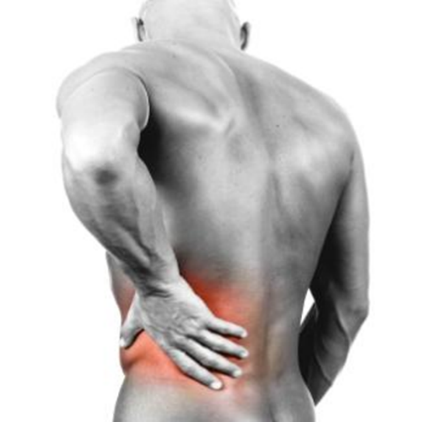
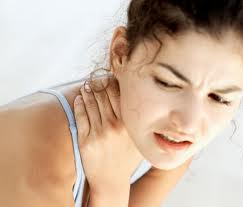
Postural Patterns
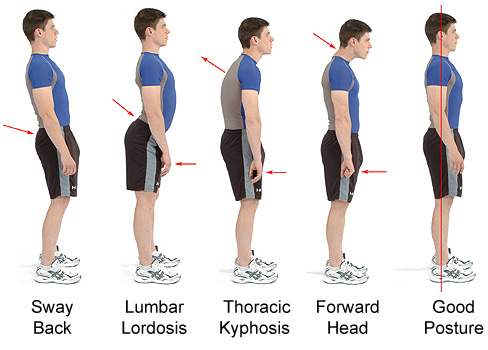
5 ways to help your posture:
- Get some proper muscle and joint treatment and advice by a qualified spinal expert (Chiropractor)
-
Practice Bruggers and Wall Angel regularly (Images below. Ask Matt for details)
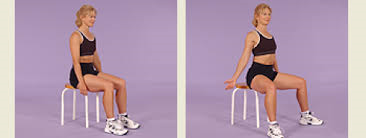
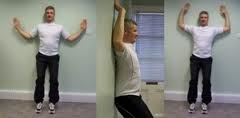
- Get up and move. Prolonged sitting is the main reason behind poor postural control
-
Use a rolled towel or roller to help extend your upper back
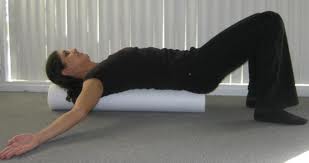
- Remember good posture and ergonomics when in motion Simply walking, lifting heavy materials, holding a telephone, and typing are all moving activities that require attention to ergonomics and posture. It is important to maintain good posture even while moving to avoid injury, walking tall with shoulders back for example
POSTURE:
The benefits
Posture is defined as the position in which you hold your body upright against gravity while standing, sitting or lying down.
Facilitates breathing: A good posture naturally enables you to breathe properly. There is a huge difference in the amount of air one can inhale between sitting up straight and slouching. This is why yoga, pilates and meditation exercises pay so much attention on getting your posture and sitting positions right.
Increases concentration and thinking ability: When you are breathing properly, you increase your thinking ability too. Our brain requires 20% of oxygen to do its job properly. More air, more oxygen. More oxygen, more brain food. More brain food leads to more thoughts and ideas.
Improve your image: People with good postures look smarter and more attractive. Someone with a good posture naturally exudes an aura of assertiveness and appeal.
Feel even better about yourself: When you have a good posture, it helps to make you feel more self-confident, without even doing anything else different. Try sitting in a bad posture now for 30 seconds. Now, switch to a good posture for 30 seconds as well. Is there any difference in how you felt?
Avoid health complications: A bad posture results in several complications over time, such as increased risks of slipped disc, back aches, back pain, pressure inside your chest, poor blood circulation.
The most common poor postural pattern
Upper Cross and Lower Cross symptoms
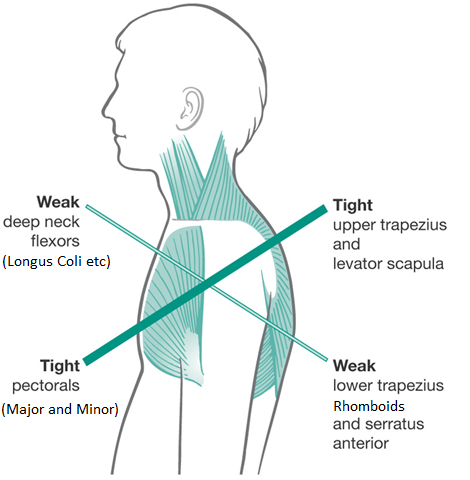
- Achy between shoulder blades
- Tight neck muscles
- Headache that sits in the base of the skull
- Rolled shoulders appearance
- Straight neck when looking from the side
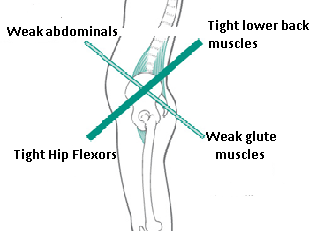
- Tightness across the bottom of the lower back
- Pot belly appearance
- Tightness in hips (notice when stretching) and hamstrings
- Hyperextension of the knees
Referred Pain
Pain is a warning signal that something is wrong. Damage to our body from direct trauma, inflammation, or tissue under too much stress triggers pain receptors in our nervous system, signaling us to change behaviour or to seek help. Pain is normally localized to the affected area but sometimes our central processor (our brain) gets overloaded/confused, muddling up the location. Referred pain is pain which is felt in a location away from the cause. Fortunately, many regions of the body have typical referral patterns, making diagnosis a lot easier for your healthcare practitioner.

Two common Referred Pain
problems seen by Chiropractors:
- Headaches affect over 47% of the population each year. Over 60% of sufferers will have reductions in their social activities and work capacity.
- Sciatica is pain in the buttock and leg caused by irritation of the sciatic nerve which originates from the lower back. 40% will suffer this in their lifetime.
Chiropractic care has shown to be very effective in these potentially debilitating conditions.
Acute Low Back Pain
Have you seen someone with this back?
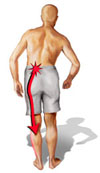
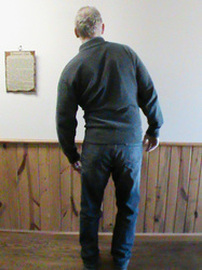
This is known as an antalgic lean. The patient leans away from the painful side. It is a protective muscle guarding reaction.
It occurs with acute inflammation of the lower back.
Is it serious: It can be but not necessarily. Get a person that looks at backs all day to check it. The worse the leg symptoms, generally the longer it takes to get better.
Cause: Disc pain (either small tear or herniation of disc material) OR Facet pain (spinal joint) OR Sacroiliac joint pain
Best things to do for an Acute lower back

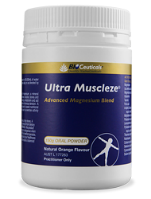
- Ice the low back
- Gets some Magnesium into the body
- Get moving (Adjusted and light exercise)
- Anti-inflammatory
- Stretch the hamstrings and glutes

How to tell whether your acute back is doing better?
- How to tell whether your acute back is doing better?
- Your leg pain is now gone and the pain is in your back mostly
- Pain is more than tingling or numbness
- Your back is giving you no sharp pain
- The pain is not waking you
- Your lean is staying fixed
- Your leg pain is worse than your back pain
- More numbness than pain
- Certain movements still cause sharp pain
- The pain wakes you during the night
The Health Triangle
Staying healthy consists of a number of factors. The way we move, the way we eat and the way we think are the big three big. The other component which is not on this picture is social interactions. To have a healthy lifestyle one must address each area.
Move well: Chiropractic, exercise, massage etc.
Eat well: Speak to a nutritionist/naturopath.
Think well: Talk to friends, colleagues. Write your problems down on paper. Meditate. Practice slow diaphragm breathing. Seek professional help if they are not helping.
